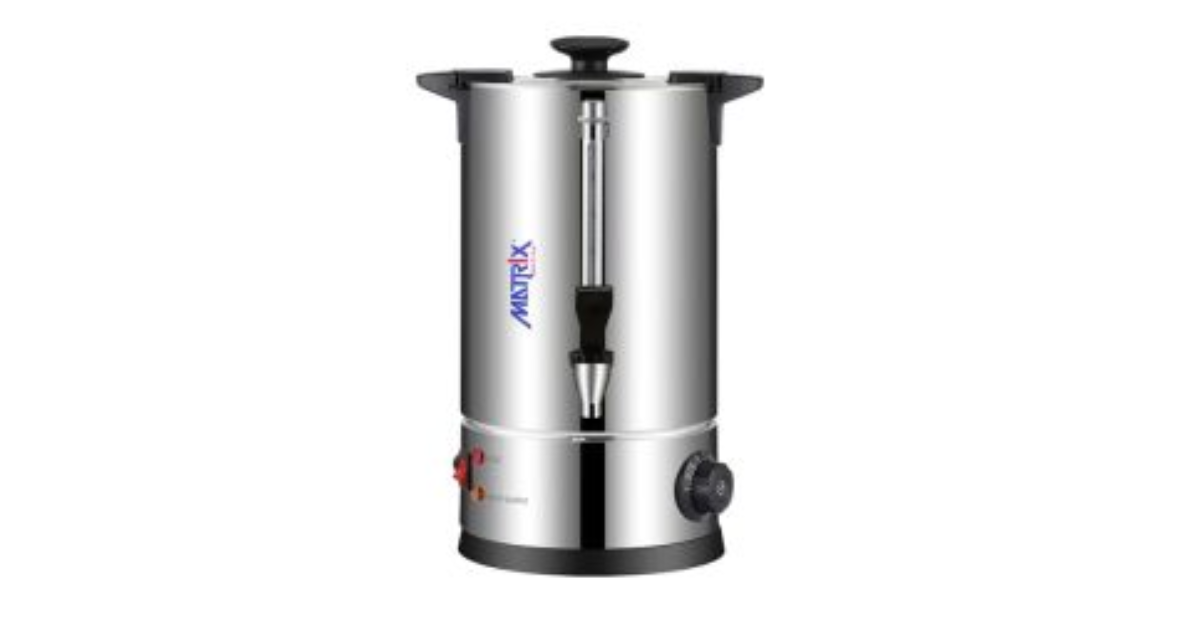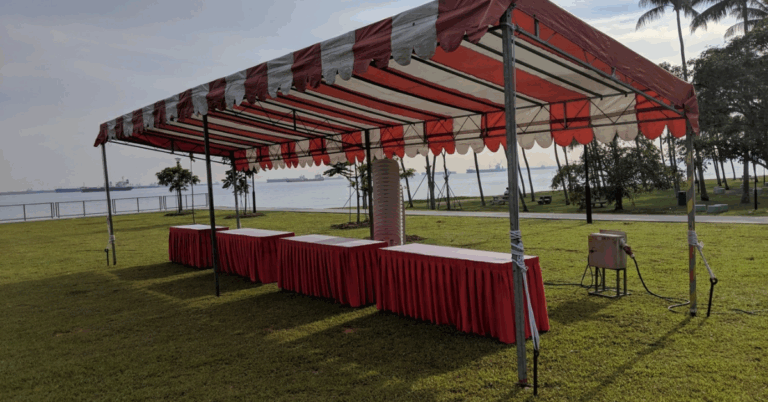The Ultimate Guide to Galley Equipment: Optimizing Your Maritime Kitchen Operations
In maritime and commercial kitchen environments, Galley Equipment is the backbone of efficient food preparation and service. Whether you manage a ship’s galley, a small café, or a commercial kitchen with limited space, selecting the right galley equipment ensures smooth operations, safety, and compliance with industry standards. This guide delves into the essentials of galley equipment, highlighting the types, advantages, selection criteria, and maintenance best practices, giving you the knowledge needed to enhance your kitchen’s performance.
Understanding Galley Equipment and Its Importance
Galley equipment refers to the specialized appliances, tools, and storage units designed for kitchens in constrained spaces such as ships, aircraft, or compact commercial kitchens. Unlike typical kitchen equipment, galley equipment must be durable, space-efficient, and capable of functioning safely under challenging conditions such as movement, humidity, and limited ventilation. The equipment includes cooking ranges, ovens, refrigeration units, food prep machines, dishwashers, and storage solutions designed specifically for these environments.
Investing in the right galley equipment is critical to maintaining high standards of food safety, improving workflow, minimizing downtime, and ultimately providing consistent quality service even in the most demanding settings.
Categories of Galley Equipment
A well-equipped galley incorporates several categories of equipment, each essential to its operation:
Cooking Equipment
This includes marine-grade stoves, ovens, grills, and fryers designed to operate reliably under motion and vibration. Features such as secure fastening systems and flame failure devices are common to ensure safety at sea.
Refrigeration and Freezing
Compact refrigerators, freezers, and cold storage lockers preserve perishables and minimize spoilage. Energy efficiency and corrosion resistance are key considerations for refrigeration units used in marine environments.
Food Preparation Appliances
From mixers and food processors to slicers and blenders, these tools facilitate efficient food preparation. In galleys, equipment is designed to maximize workspace and promote hygiene with easy-to-clean surfaces.
Storage Systems
Effective storage is vital in compact spaces. Stainless steel shelving, modular cabinets, and sealed containers help organize ingredients and tools while maintaining cleanliness.
Dishwashing and Sanitation
Automatic dishwashers, triple sinks, and waste disposal units ensure cleanliness and comply with health standards. These systems are designed for compact spaces without compromising capacity or efficiency.
Benefits of High-Quality Galley Equipment
Enhanced Safety
Marine and commercial kitchens pose specific safety challenges, including the risk of fire, slips, and equipment failure due to movement. High-quality galley equipment includes safety mechanisms such as flame arresters, anti-slip feet, and secure mounting to reduce hazards.
Improved Efficiency
Efficient equipment reduces food preparation times and increases throughput. Compact and multifunctional designs optimize space usage, allowing staff to work more effectively in tight quarters.
Durability and Longevity
Marine-grade materials like stainless steel resist corrosion from saltwater and humidity, ensuring equipment lasts longer and performs consistently, minimizing costly repairs or replacements.
Regulatory Compliance
Galley equipment designed to meet maritime and food safety standards helps operators comply with stringent regulations, avoiding fines and ensuring the health and safety of both staff and passengers.
Key Considerations When Selecting Galley Equipment
Space Optimization
Evaluate the dimensions of your galley carefully and choose compact or modular equipment that can fit without overcrowding. Equipment that combines multiple functions can save valuable space.
Power and Fuel Options
Determine the available power sources onboard or in your facility. Some equipment offers dual-fuel options, operating on gas or electricity, providing flexibility depending on your setup.
Material Quality
Prioritize corrosion-resistant materials, typically stainless steel, for their durability and ease of maintenance in harsh environments.
Energy Efficiency
Opt for appliances with energy-saving features, which are particularly beneficial in environments with limited power supply, such as ships.
Ease of Cleaning and Maintenance
Select equipment designed for easy disassembly and cleaning to maintain hygiene and reduce downtime for repairs or servicing.
Maintenance Practices to Extend Equipment Life
Proper maintenance is crucial to keep galley equipment operating safely and efficiently. Key practices include:
-
Daily cleaning to prevent grease and residue buildup.
-
Routine inspection for worn or damaged parts.
-
Timely lubrication of moving components.
-
Professional servicing at recommended intervals.
-
Using manufacturer-approved cleaning agents and parts.
Current Trends in Galley Equipment
Technological advancements and environmental concerns are shaping new galley equipment innovations:
-
Smart Technology: Remote monitoring and automation improve energy management and operational control.
-
Sustainability: Use of recyclable materials and energy recovery systems reduce environmental impact.
-
Modular and Flexible Designs: Equipment that can be reconfigured as needs change enhances versatility.
-
Advanced Safety Features: Improved flame detection, ventilation controls, and ergonomic designs enhance crew safety.
Frequently Asked Questions About Galley Equipment
What is the difference between galley equipment and standard kitchen equipment?
Galley equipment is specially designed for use in constrained, often moving environments like ships, emphasizing durability, compactness, and enhanced safety compared to standard kitchen appliances.
How can I ensure my galley equipment meets safety regulations?
Purchase equipment certified to relevant maritime and food safety standards and conduct regular inspections and maintenance to keep all safety features functioning properly.
Can galley equipment be customized?
Many manufacturers offer customization options to tailor equipment size, power type, and features to the specific requirements of your galley space.
How often should galley equipment be serviced?
At a minimum, professional servicing is recommended every six months, with daily cleaning and regular internal checks to catch issues early.
What materials are best for galley equipment?
Marine-grade stainless steel is the preferred material for its resistance to corrosion, ease of cleaning, and durability in harsh environments.
Are energy-efficient galley appliances available?
Yes, many manufacturers offer energy-efficient models that help reduce power consumption and operational costs, important in both marine and commercial settings.
Conclusion
Choosing the right galley equipment is a strategic decision that directly influences the efficiency, safety, and success of any maritime or compact kitchen operation. By understanding the types of equipment available, their specific benefits, and the key factors to consider during selection, kitchen operators can optimize workflows and ensure compliance with strict safety standards. Regular maintenance and staying current with industry trends further enhance performance and longevity. Investing in high-quality, purpose-built galley equipment is essential for meeting the unique challenges of maritime and commercial kitchen environments, ultimately delivering superior service and consistent food quality.







